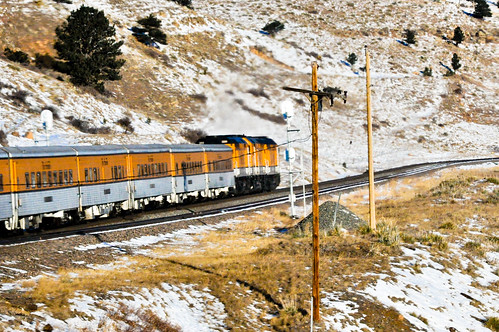 Saturday was the International Day of Climate Action organized by 350.org. Check out their website for the photos, which are inspiring.
Saturday was the International Day of Climate Action organized by 350.org. Check out their website for the photos, which are inspiring.I personally participated in three different events. The site claims over 5200 events in 181 countries, which is enormously impressive, but might be padded slightly based on my own experience.
The first event took place in the Twittersphere. Between noon and 1:00 PM EDT, everyone with a twitter account was to twitter to Barack Obama this message:
"@barackobama USA MUST formally adopt the 350ppm CO2 target at Copenhagen 09 – the ONLY WAY to prevent runaway climate change NO EXCUSES!"
 For those not familiar with Twitter, the "@" sign is used to direct a message to a particular twitterer, but all your followers can see it. The idea was that the White House would receive literally thousands of tweets with this message in it. Unfortunately, by my count, fewer than 200 people actually did it (including me; you can follow me on twitter at @steveoffutt).
For those not familiar with Twitter, the "@" sign is used to direct a message to a particular twitterer, but all your followers can see it. The idea was that the White House would receive literally thousands of tweets with this message in it. Unfortunately, by my count, fewer than 200 people actually did it (including me; you can follow me on twitter at @steveoffutt).Second was an event at Bourbon Coffee at 21st and L. I wanted to join the big rally at the White House at about 4:00, which I was biking to, so I passed literally right past the coffee shop. This event was described on the site thus:
Come to Bourbon Coffee on at 21st & L Streets NW at 3:50 pm! Join other like-minded 350.org supporters in grabbing an afternoon coffee drink.
I used this as an excuse to get a cup of coffee to take with me to the rally. The girl behind the counter when I got there (at 4:03) had no idea what I was talking about. Good thing I stopped in, so at least that event had one participant.
Finally I got to the rally at the White House. This event had started in Malcolm X Park at noon with entertainment, speeches and other activities. The crowd then marched down 16th St. to Lafayette Park, which is where I met up with them. They got soaked on the march, because it was raining like crazy (I got a bit wet, too, on my bike).
This event was more successful. Even with the rain, there were probably at least 1000 people there at the White House with a 350 foot banner, encouraging the administration to take a strong leadership role in the Copenhagen negotiations in December.

I hope you were able to participate in an event. If not, keep an eye on 350.org for more opportunities to help in the effort to avert dangerous climate change.








